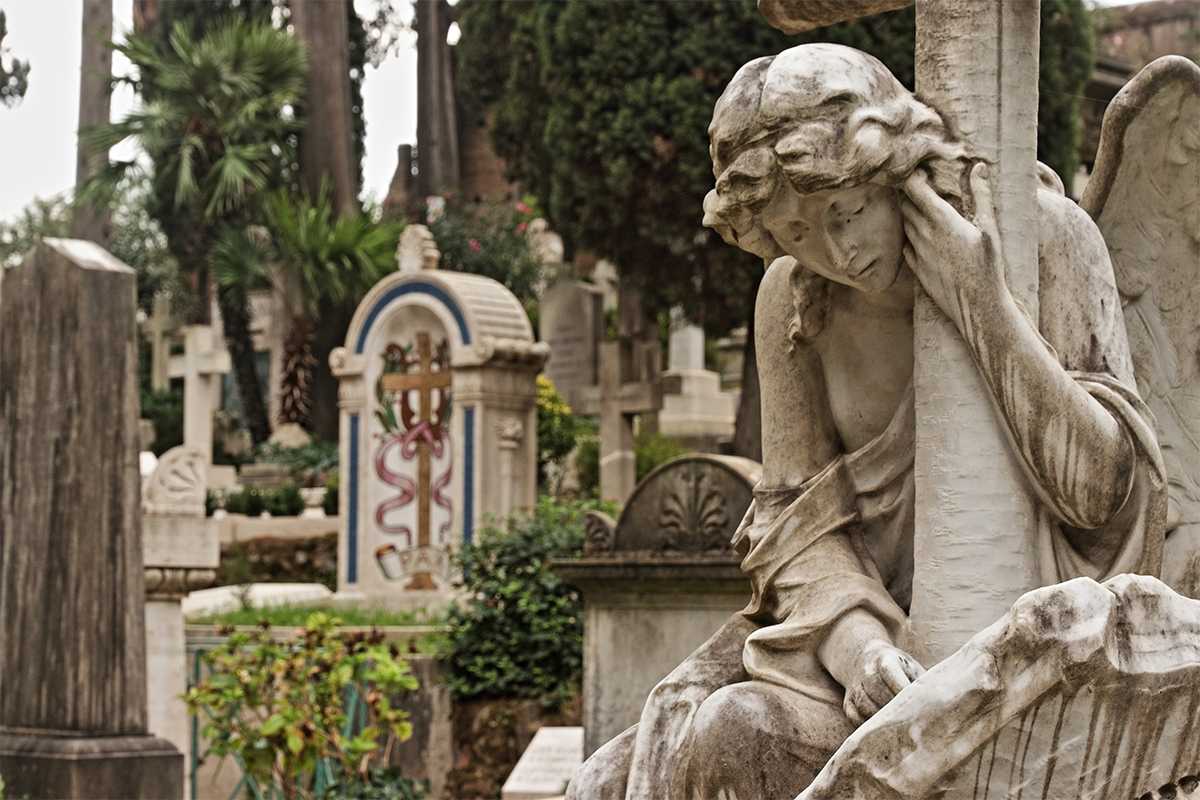Exploring the Protestant Cemetery of Rome
Nestled in the heart of Rome, the Protestant Cemetery, also known as the Non-Catholic Cemetery, offers a serene escape from the bustling city. This historic site is not just a resting place for many notable figures but also a testament to the rich tapestry of cultural and religious diversity that has shaped Rome over the centuries. Whether you’re a history enthusiast, a literature lover, or simply seeking a peaceful retreat, the Protestant Cemetery provides a unique experience.
A Historical Haven
The Protestant Cemetery dates back to the early 18th century when non-Catholics were not permitted to be buried in consecrated ground within Rome. This led to the establishment of a separate burial site for Protestants and other non-Catholic Christians. Over time, it became the final resting place for a diverse group of individuals, including diplomats, artists, and writers who lived in or visited Rome.
One of the most famous graves belongs to the English poet John Keats, who died in Rome in 1821. His tombstone, inscribed with the words “Here lies One Whose Name was writ in Water,” draws literary pilgrims from around the world. Another notable figure buried here is Percy Bysshe Shelley, whose heartbroken friends interred him after his tragic death in a boating accident. The cemetery’s rich history is reflected in its varied and often poignant epitaphs, offering a glimpse into the lives and times of those who rest here.
A Peaceful Retreat
The Protestant Cemetery is more than just a historical site; it is a tranquil oasis in the midst of Rome’s urban landscape. The cemetery is beautifully maintained, with lush greenery, towering cypress trees, and vibrant flowers creating a peaceful atmosphere. Visitors can wander along the winding paths, taking in the serene surroundings and reflecting on the lives of those who have been laid to rest.
The cemetery is also home to a variety of wildlife, including birds and small mammals, adding to its charm and tranquility. Benches are strategically placed throughout the grounds, providing perfect spots for contemplation or simply enjoying the natural beauty. Whether you’re seeking solace or inspiration, the Protestant Cemetery offers a quiet space to escape the hustle and bustle of the city.
Practical Information for Visitors
If you’re planning a visit to the Protestant Cemetery, there are a few practical details to keep in mind. The cemetery is located in the Testaccio district, near the Pyramid of Cestius, which makes it easily accessible by public transportation. The nearest metro station is Piramide, and several bus lines also serve the area.
The cemetery is open to visitors daily, but hours may vary depending on the season, so it’s a good idea to check ahead. There is a small entrance fee, which goes towards the maintenance and preservation of the site. Guided tours are available and can provide deeper insights into the history and significance of the cemetery and its notable inhabitants.
Photography is allowed, but visitors are encouraged to be respectful and mindful of the solemn nature of the site. The cemetery is still an active burial ground, and it’s important to maintain a respectful demeanor during your visit.
In summary, the Protestant Cemetery of Rome is a place of historical significance, natural beauty, and quiet reflection. Whether you’re drawn by its literary connections, its peaceful ambiance, or its historical intrigue, a visit to this unique site offers a memorable experience.
